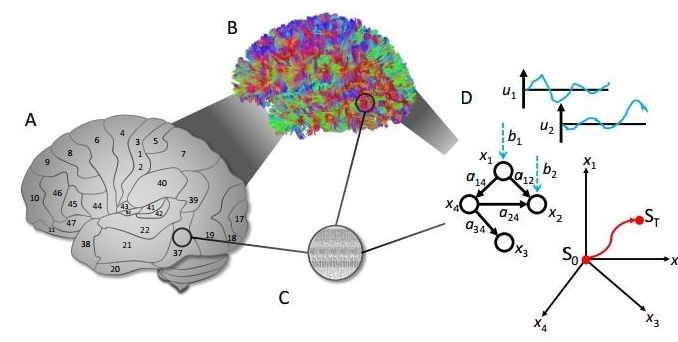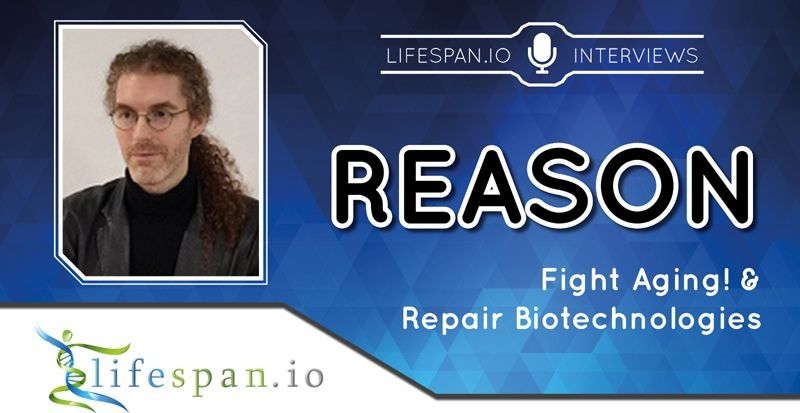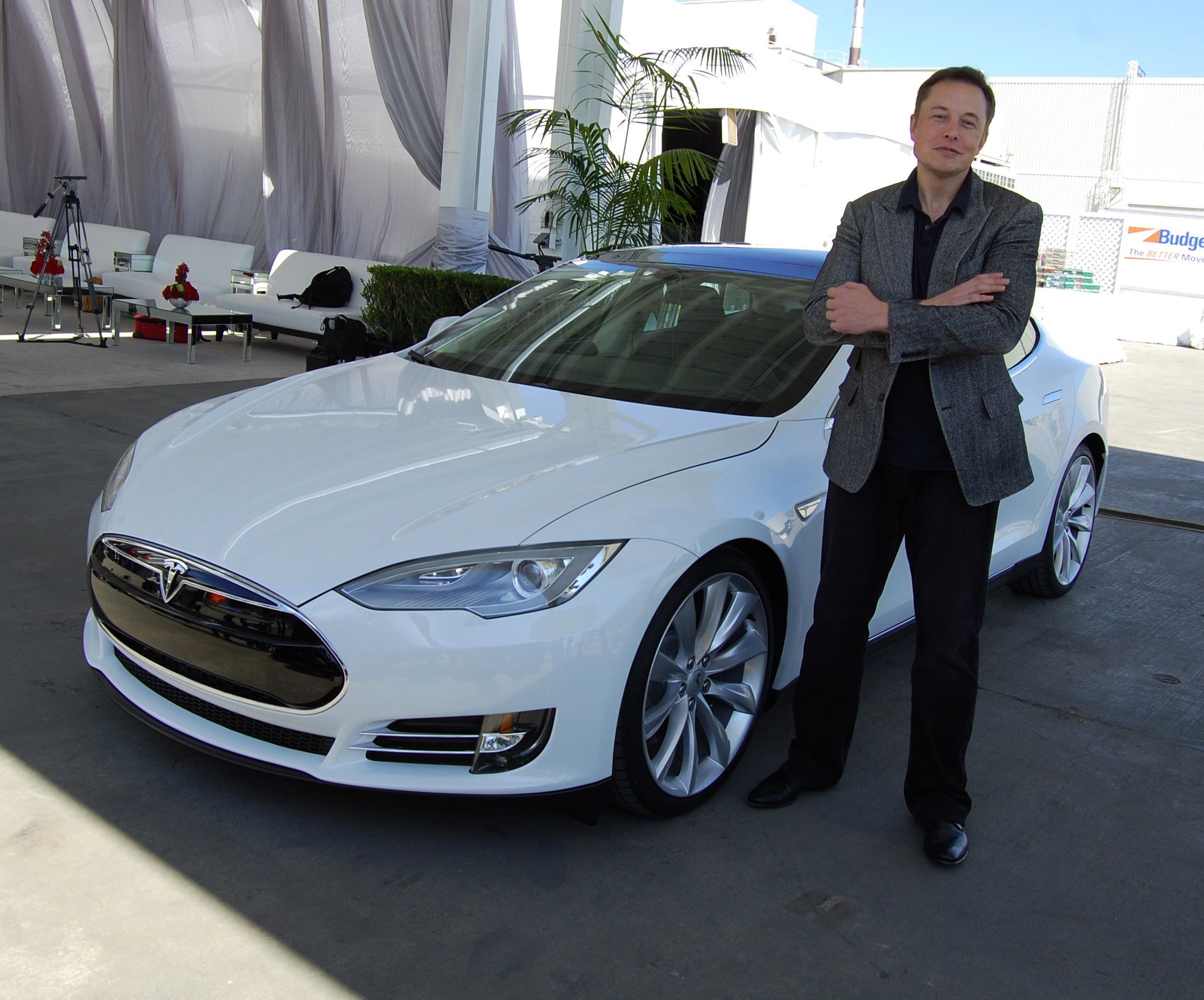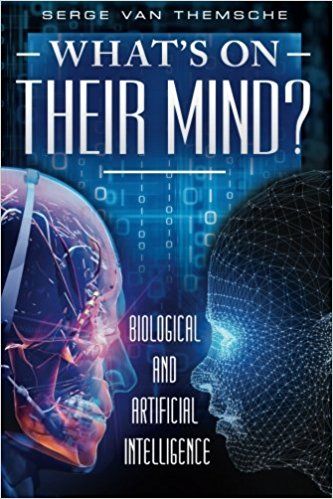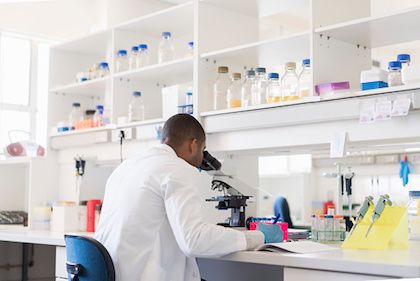Superconductors are among the most bizarre and exciting materials yet discovered. Counterintuitive quantum-mechanical effects mean that, below a critical temperature, they have zero electrical resistance. This property alone is more than enough to spark the imagination.
A current that could flow forever without losing any energy means transmission of power with virtually no losses in the cables. When renewable energy sources start to dominate the grid and high-voltage transmission across continents becomes important to overcome intermittency, lossless cables will result in substantial savings.
What’s more, a superconducting wire carrying a current that never, ever diminishes would act as a perfect store of electrical energy. Unlike batteries, which degrade over time, if the resistance is truly zero, you could return to the superconductor in a billion years and find that same old current flowing through it. Energy could be captured and stored indefinitely!

